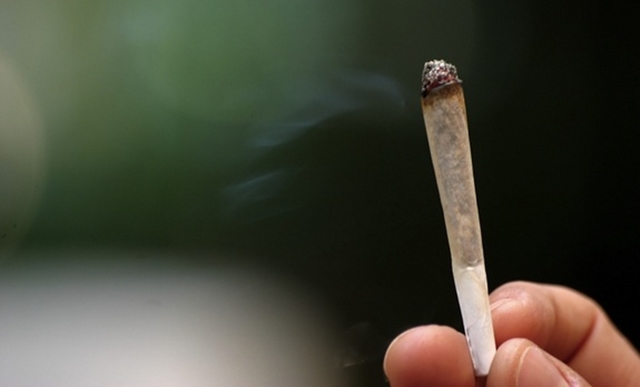This disturbing trend does not reflect the growing national acceptance of pot.
While the national call to legalize marijuana—both medical and recreational—is higher than ever before (and includes more than half of American voters), you wouldn’t know it by looking at the issue from a law enforcement perspective. The number of marijuana arrests have more than doubled since 1991, and as a percentage of arrests, they have more than tripled.
As Christopher Ingraham pointed out in a recent Washington Post article, this makes for a somewhat confused climate as far as the status of marijuana. On one hand the White House’s Office of National Drug Control Policy is trending toward a more tolerant attitude in handling drug use. (On the ONRCP’s website you can read about its “collaborative, balanced and science-based approach.”) On the other hand, law enforcement seems to have favored a different, if not altogether opposite approach. Ingraham’s article explains how, although total arrests for any charges have gone down since 1991, the number of marijuana related arrests have somehow doubled—hence the percentage of marijuana arrests tripling.
This is counterintuitive for the news-following legalization enthusiast. These past 10 years have marked some serious victories for the industry, like California’s passing of proposition 215 in 1996, allowing the cultivation of marijuana for medical purposes; or the legalization of recreational use in Colorado and Washington 2012; or the House of Representative’s recent passing of the Heck Amendment, which (if passed by the Senate) will ban the Treasury from spending federal money to penalize banks for providing service to marijuana related businesses.
So why is it that the FBI reported 658,000 marijuana-related arrests in 2012? This made up 42 percent of all drug arrests and 5.4 percent of all arrests. In 1991 marijuana-related charges made up less than two percent of all arrests. But the arrests made in 2012 cost law enforcement roughly $3.6 billion, which, as Ingraham points out, excludes the financial and social cost to those who were arrested, and their communities. Aside the expenses inextricably tied to legal trouble — paying for a lawyer, bail or rehabilitation classes — the person arrested carries a highly contingent stain on his record, threatening his ability to get hired and fairly compete in the job market. And, as ACLU has reported, the people most commonly arrested for pot are the ones who can least afford it: low-income minorities.
According to Ingraham’s article, less than one out of every 100 arrests in Massachusetts is for marijuana possession. Drive west into New York and rates rise dramatically, where one out of every eight arrests is for marijuana possession. That is 12.7 percent of all arrests.
This massive discrepancy has nothing to do with New Yorkers being more likely to toke up. In fact the people of Massachusetts carry that crown, with 9.4 percent of them admitting to using marijuana (and 8.2 percent of New Yorkers admitting to using marijuana), according to the Washington Post. With such similar percentages of users, and such dramatically different arrest rates, it is hard to tell that the two states fall under the same federal umbrella.








